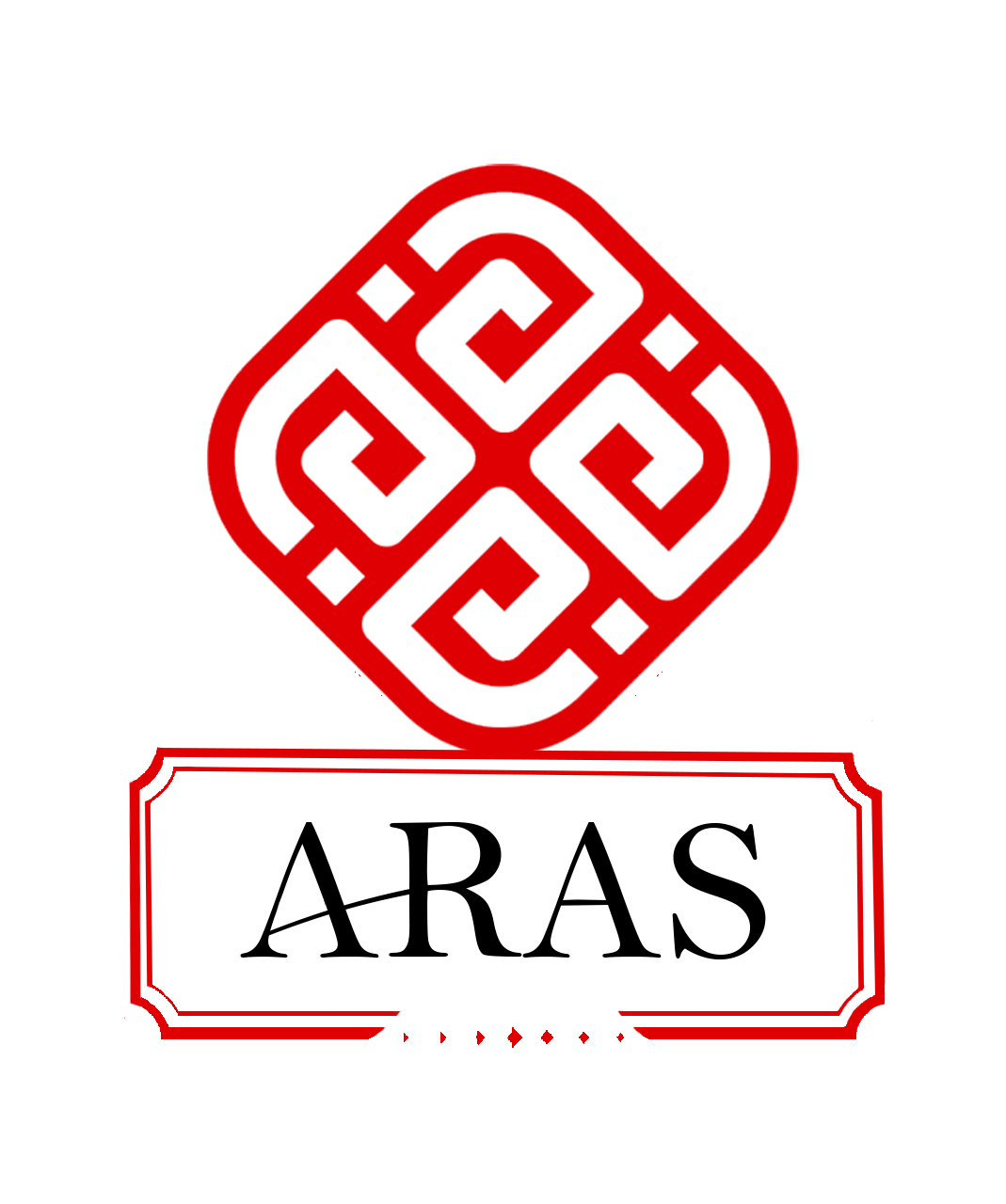Carpet pilling is a common problem that carpet buyers face. It can affect the appearance of the carpet and can also be annoying for people who are sensitive to dust and allergens. But why does it happen? In this article, we will examine the reasons why machine-made and hand-knotted carpets pill and provide solutions to prevent it.
Reasons for machine-washed carpet linting
Machine-made carpets are mostly made of synthetic fibers such as polypropylene, polyester, or acrylic. Some of the reasons for pilling in these types of carpets include:
- Poor quality of yarn used: Rugs woven with poor quality or short yarns are more prone to pilling.
- Type of weave: Rugs with low density and loose weave are more likely to experience fiber shedding and pilling.
- New carpet: Many machine-made carpets naturally have some pilling in the first few months of use, as residual fibers are removed from the manufacturing process.
Reasons for linting a handmade carpet
In hand-woven carpets, pilling rarely occurs, but in certain cases it may be observed. The reasons for pilling in these carpets include the following:
- Using raw or thin wool: Natural wool may produce lint if it is not spun or combed properly.
- Newly woven carpet: Like machine-made carpets, new hand-woven carpets may also produce a small amount of lint in the first few months.
- Incomplete yarn fixation: If the wool yarns are not properly fixed, lint will be released when walking or sweeping.
What can we do to prevent the carpet from getting linty?
If your carpet is giving off lint, don’t worry. You can control and even eliminate this problem with a few simple methods:
- Using a standard vacuum cleaner: Vacuum your carpet 2-3 times a week (preferably without a rotating brush at first).
- Use a soft brush: For sensitive carpets, gentle brushing can remove loose fibers.
- Avoid using strong detergents: Harsh chemicals may damage the fiber structure and increase pilling.
- Be patient in the first few weeks: In many cases, pilling in the carpet will decrease on its own after a few weeks.
Which carpets do not lint?
Choosing the right carpet from the start can put your mind at ease about lint. Carpets that are less prone to lint include:
- Carpets with heat-set yarn: (Heat-set) These types of yarns are stabilized in a special process and are less prone to pilling. High-quality
- polypropylene carpets: These fibers are less prone to pilling due to their special structure.
- Turkish or Belgian rugs: Often have higher quality fibers and a higher weave density.
- Hand-knotted rugs with spun and fixed wool yarn: If produced properly, they will have almost no lint.
summary
Carpet pilling is a common but temporary problem, especially with new carpets. By knowing the type of carpet, the type of yarn, and following maintenance tips, you can minimize this problem. If you are looking for a carpet that has the least amount of pilling, it is best to buy from reputable brands and go for carpets with heat-set yarn and a tight weave.

